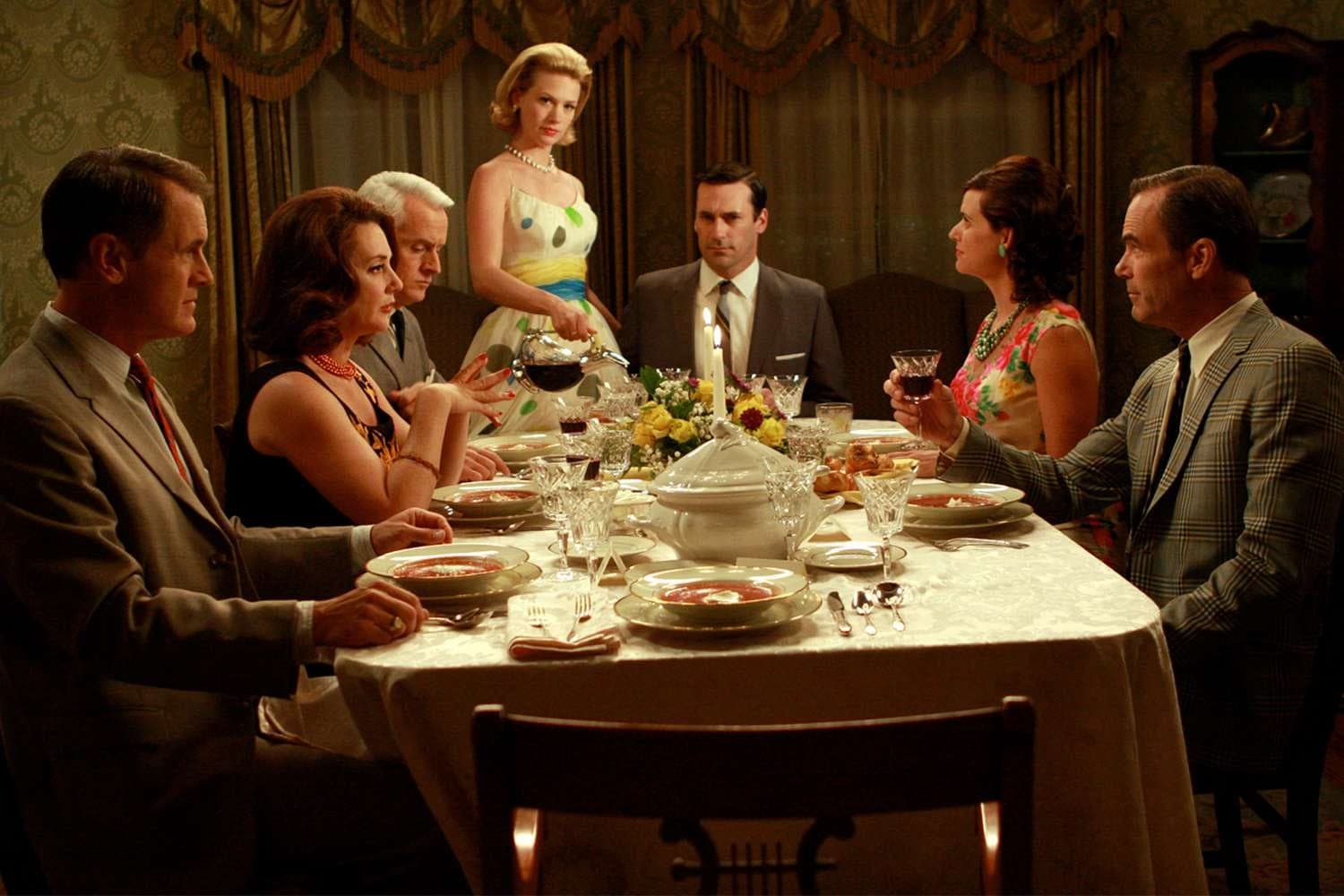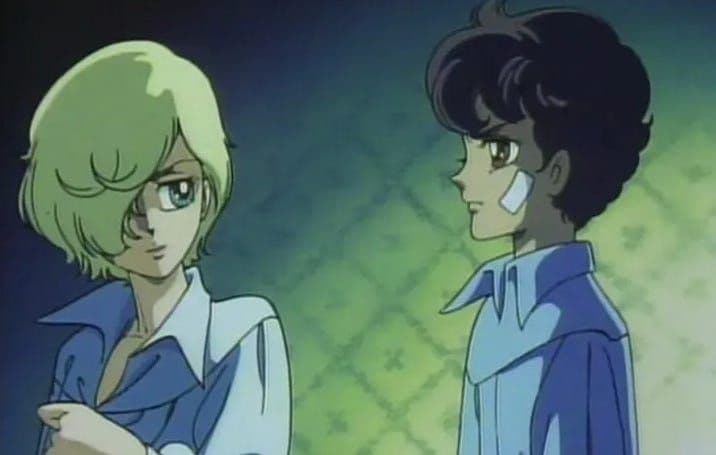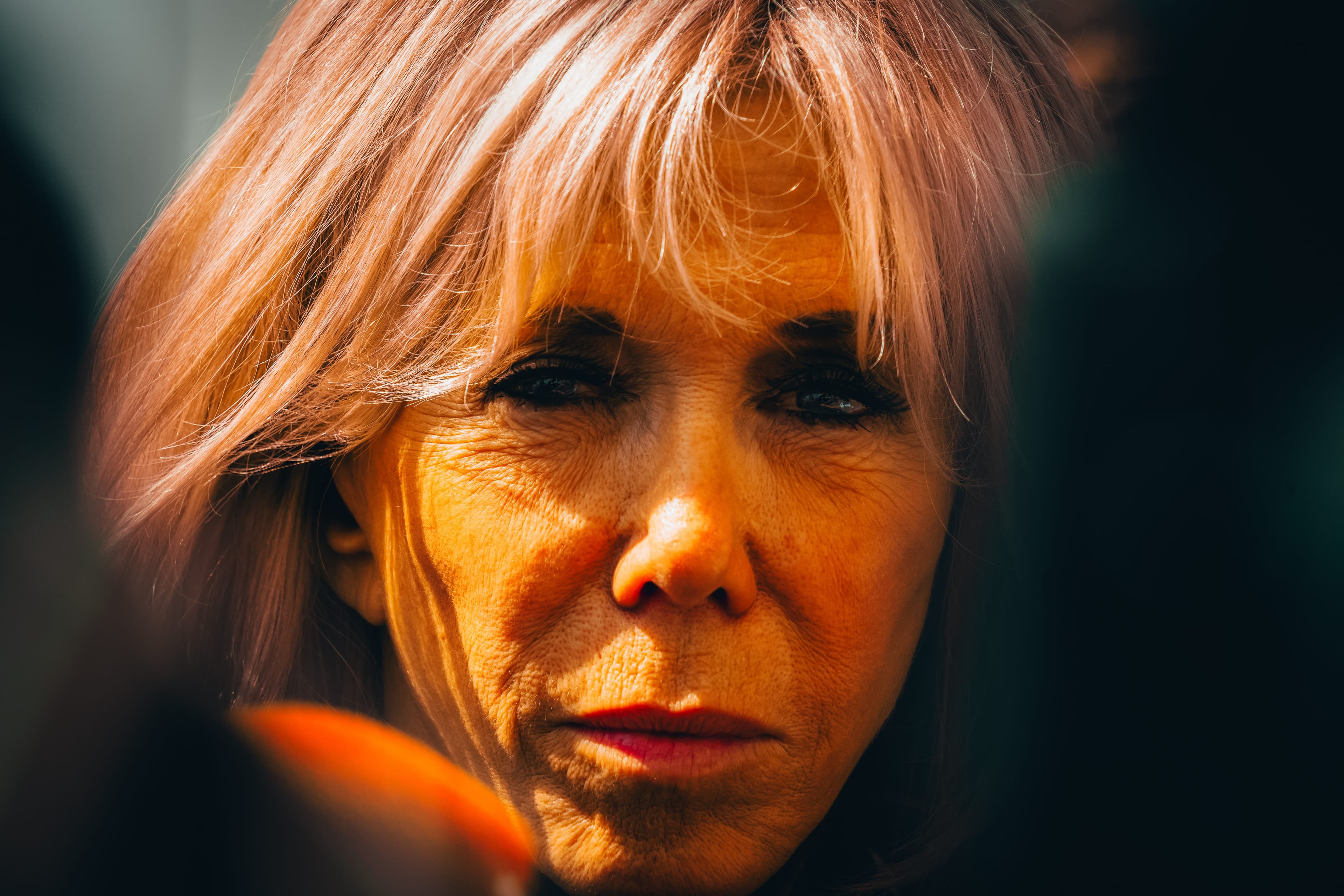
A Thanksgiving Day Guide for Americans of Class and TasteNov 25
a tour of my table with respect for the classics, and tossing out those bullshit recipes, it’s a pirate’s guide for thanksgiving day — with tips on how to run your kitchen like a king
107 Likes
48 Comments


